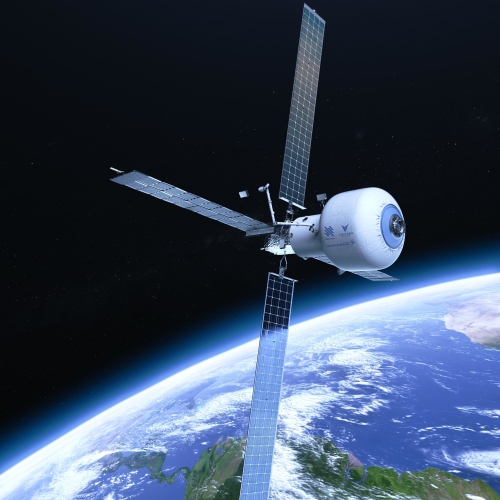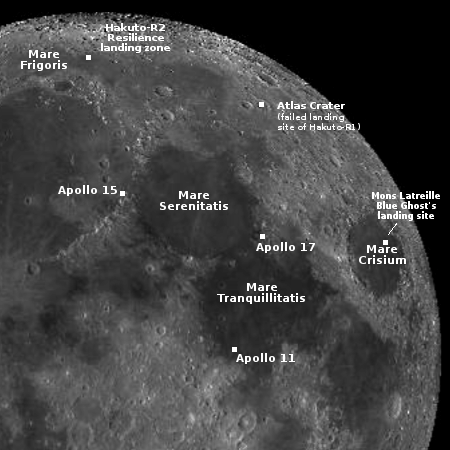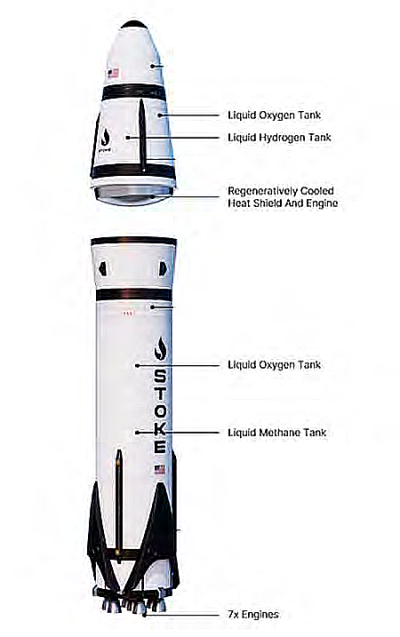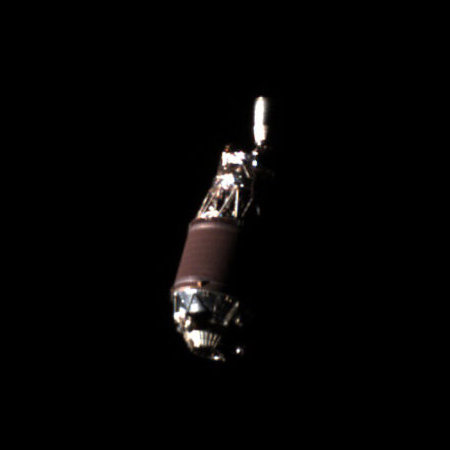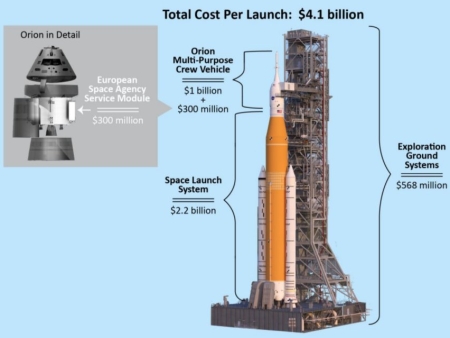SpaceX launches reconnaissance satellite
SpaceX yesterday launched a National Reconnaissance Office (NRO) satellite, its Falcon 9 rocket lifting off from Vandenberg in California.
The first stage completed its 22nd flight, landing on a drone ship in the Pacific. The two fairings completed their ninth and tenth times respectively.
The leaders in the 2024 launch race:
132 SpaceX
62 China
16 Russia
13 Rocket Lab
American private enterprise now leads the rest of the world combined in successful launches 151 to 94, while SpaceX by itself leads the entire world, including American companies, 132 to 113.
Hat tip to reader Geoffrey Carman. I had missed this launch and he let me know.
SpaceX yesterday launched a National Reconnaissance Office (NRO) satellite, its Falcon 9 rocket lifting off from Vandenberg in California.
The first stage completed its 22nd flight, landing on a drone ship in the Pacific. The two fairings completed their ninth and tenth times respectively.
The leaders in the 2024 launch race:
132 SpaceX
62 China
16 Russia
13 Rocket Lab
American private enterprise now leads the rest of the world combined in successful launches 151 to 94, while SpaceX by itself leads the entire world, including American companies, 132 to 113.
Hat tip to reader Geoffrey Carman. I had missed this launch and he let me know.


